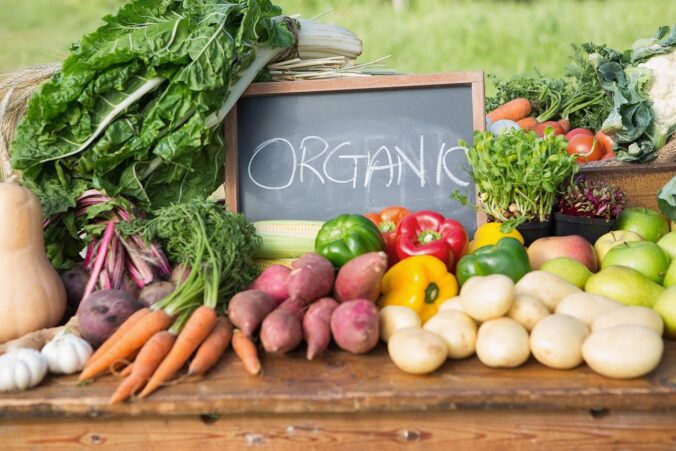In the resplendent array of fresh produce that adorns our markets, organic vegetables https://greenelly.com/product-category/vegetables/ stand out as a beacon of sustainability and healthful eating. Recognizing genuine organic quality amidst the bounty can be a journey of understanding both the subtle and prominent markers that distinguish these nutrient-rich edibles. From observing external features to understanding certifications, recognizing the true quality of organic vegetables ensures that we imbibe nutrients untainted by synthetic chemicals, while also supporting sustainable agricultural practices.
Visible Markers of Organic Integrity
Appearance: Though organic vegetables might not always boast the impeccable, uniform appearance of some conventionally grown produce, they carry a charm in their sometimes irregular shapes and sizes. The absence of synthetic waxes and other preservatives might allow for a more natural, albeit occasionally imperfect, visual appeal.
Taste: Many consumers express that organic vegetables often present a more vibrant and authentic flavor, a direct reflection of nutrient-rich, uncontaminated soils and the absence of synthetic enhancers.
Texture: The tactile feel of organic vegetables can sometimes reveal their origin. For instance, the absence of synthetic waxes may render the surfaces of organic vegetables slightly less glossy or smooth than their conventional counterparts.
Navigating Certifications and Labels
Understanding the certifications and labels on organic produce provides a substantial clue into their authenticity and adherence to organic farming principles.
Certification Labels: Genuine organic vegetables typically bear a certification label from a recognized authority, such as the USDA Organic label in the United States or the EU Organic label in Europe. These labels signify that the produce has been grown in compliance with specific organic standards.
PLU Codes: Price Look-Up (PLU) codes can also offer insight. In some regions, organic produce often has a five-digit PLU code starting with the number 9, distinguishing it from conventional (four digits) and genetically modified (five digits, starting with 8) produce.
Traceability: Some brands and stores offer traceability features, allowing consumers to trace the journey of the produce from farm to shelf, providing assurance of its organic origins and handling.
Pricing and Availability
Pricing: Organic vegetables often come with a higher price tag due to the labor-intensive and chemical-free methods employed in their cultivation.
Seasonality and Availability: Authentic organic produce often aligns closely with natural growing seasons, with availability sometimes being subject to regional and seasonal influences.
Local Farmers and Community
Engaging with local farmers and community-supported agriculture (CSA) programs can also be a pathway towards ensuring the quality of organic vegetables.
Farmers’ Markets: Direct interactions at farmers’ markets allow consumers to inquire about farming practices and even visit the farms in some instances.
CSA Programs: Subscribing to a CSA program not only assures a regular supply of fresh, organic vegetables but also supports local farmers and strengthens community bonds.
Understanding the multifaceted nuances of recognizing organic vegetables enriches our purchasing experiences and ensures that our choices align with our health and environmental ethics. It becomes a conscientious effort that transcends beyond mere consumption, embracing a lifestyle that nourishes the body, the community, and the planet.
